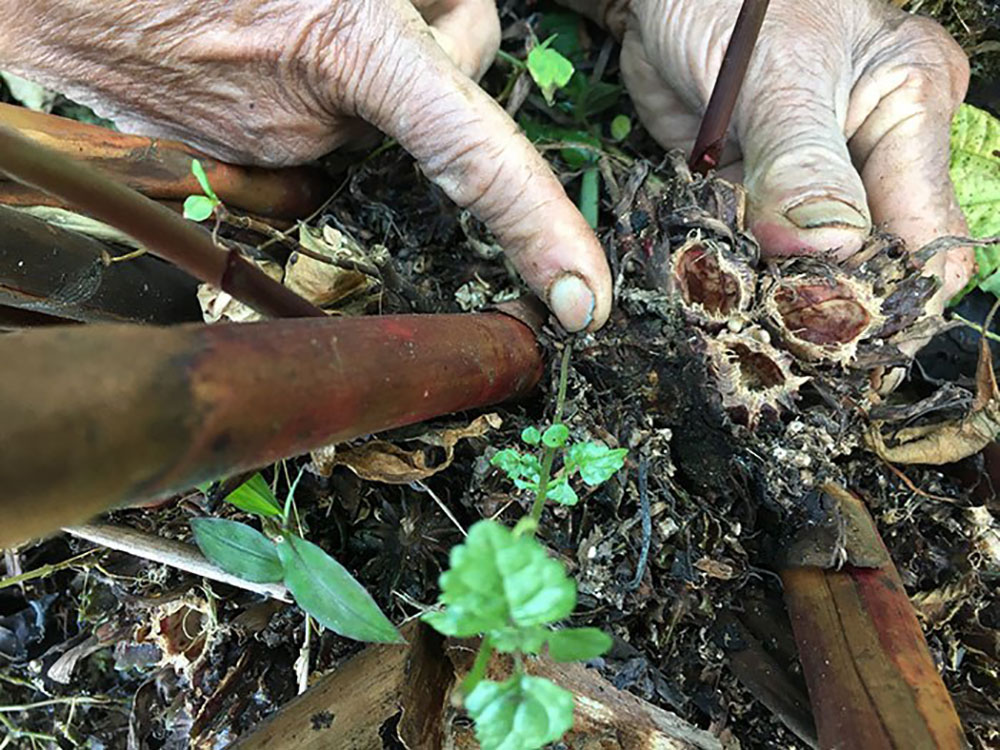Choki Wangmo | Tsirang
Iron Female Ox Year:
Climate
The World Meteorological Organization’s (WMO) 2021 state of the climate report states that in the past 10 years, conflict, extreme weather events and economic shocks have increased in frequency and intensity, further exacerbated by the Covid-19 pandemic.
As the greenhouse gas concentrations reached new highs last year, countries across the globe reported extreme weather events with major localised impacts. The situation was no different in Bhutan.
National reports have shown that the rainfall and temperature are rising in Bhutan, with Punakha recording the highest daily maximum temperature at 37.5°C. At the same time, Haa recorded the lowest daily minimum temperature at -12.0°C.
Currently, the six datasets used by WMO in the analysis place 2021 as the sixth or seventh warmest year on record globally.
The impact, however, is felt by the farmers. With the rapid drying up of drinking and irrigation water sources, farmers are leaving their land fallow, seeking better opportunities in other sectors. In the country, a total of 147 water sources have dried and 2,317 are drying up. Cardamom farmers are no longer able to harvest a good yield due to increasing heat and moisture. This might put the livelihood of cash crop farmers at risk.
As climate changes, experts say that there is the increasing emergence of invasive species in Bhutan’s forest. For example, blue pine encroaching into spruce, maple, and birch forests.
Experts and studies have warned that Bhutan’s greenhouse gas emissions will rise if nothing changes. The greenhouse gas emission is highest from the transport sector, calling for sustainable transport mechanisms.
The risk of Glacial Lake Outburst Flood is ever lingering with 567 glacial lakes within the four river basins of Bhutan, of which 17 are potentially dangerous.
Last year, the world witnessed the most dangerous floods in Uttarakhand in India. The devastation caused should remind the Bhutanese authorities about the vulnerability of the fragile mountain ecosystem in the Himalayas and the probability of such climate-induced events in Bhutan. Considering the similar landscapes, topography, and hydropower development activities along basins, the probability of such events in the country is high, experts warn.
There were some local initiatives towards including climate in the national dialogue.
Bhutan launched the first climate series to raise climate awareness and ambitions. The Snowman Race Secretariat launched the ‘41 Fun Challenge for Climate Action’ to create awareness, generate actions, and commitments for climate action.
Environment
As the chair of the Least Developed Countries, Bhutan called for increased climate finance support ahead of the COP26 last year.
The National Environment Commission introduced a new licensing system for Hydrofluorocarbons (HFCs) importers under the Kigali Amendment on the Montreal Protocol which Bhutan ratified in 2019.
In 2021, the country reported a record number of waterbirds in Babesa sewerage in Thimphu. A lost species of rhododendron, Rhododendron Pogonophyllum was rediscovered from Trongsa. The Samtse forest division recorded the first sighting of an adult male tiger in a remote camera trap.
However, everything is not faring well in the country that prides on its environment, calling for concerted conservation efforts. For the first time in decades, no herons were sighted in Phochu and Mochu in Punakha, the herons’ oldest habitat. This was attributed to the habitat disturbance caused by activities in the hydropower projects.
Royal Society for Protection of Nature is calling for nature-based solutions for heron conservation.
Studies warn that Thimphu city’s forest cover could reduce to 16.32 percent by 2050. The capital’s waste production doubled during the lockdown. As the country fights the mounting plastic waste every year, Bhutan’s plastic ban remained on paper.
To address human-wildlife conflict, World Wildlife Fund Bhutan has recommended the need for integrated risk management approaches. However, without a proper insurance system in place, farmers in the central parts of the country still worry about losing more of their livestock to tigers in the Year of the Tiger.


